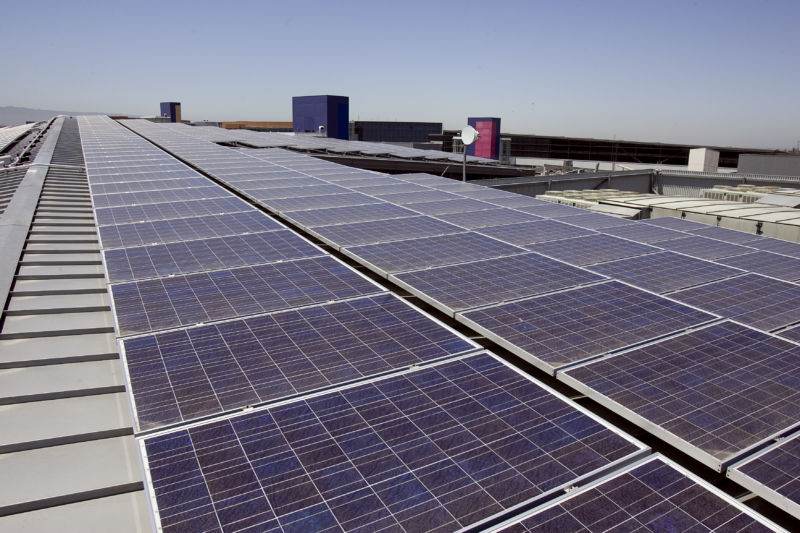Transparent solar panels - a new attempt from Chinese scientists

Solar energy is one of the trends of our time. In some regions, with the help of solar energy you can fully meet your needs in electricity. In order to make photocells more efficient, many scientists are willing to waste time and resources, and considerable ones. Someone succeeds, but there is still room for maneuver.
Some researchers are trying to find their way in this area - for example, to make solar panels transparent. This will expand the range of their use - to place the panel not only on the roof, but, for example, in window openings. In other words, replace the glass in the windows on the photocells.
Reports of transparent solar panels appear with enviable regularity, but so far most of the experiments remain experiments. Perhaps the project of Chinese scientists will change something.
')
The fact is that they created really transparent solar panels, where the main role is played by the rare-earth metal ytterbium. This chemical element is able to emit two "infrared photons" when absorbing one "blue". "Infrared photons" are ignored by any materials, except silicon, which, as is well known, is used as the main working element of solar panels. This metal absorbs infrared photons, emitting an electron. It turns out that for every blue photon, silicon reacts by releasing two electrons.
It turns out that transparent panels are 160% more efficient than conventional photocells (not by 200%, as there are always losses).
Transparent photovoltaic cells are polymeric glass with the inclusion of nanoparticles. The latter absorb ultraviolet light, passing the radiation of other spectra. All this allows to achieve full transparency of photocells.
A positive point is also the fact that when ytterbium emits infrared photons, they leave into space at an angle that allows silicon to absorb them. As a result, you can create a window, the glass in which generates infrared photons, and the frame, including silicon, is able to absorb them, generating electricity.

True, in the end we get, to put it mildly, not very efficient solar panels. Yes, the light emission of the blue spectrum allows you to generate infrared photons with an efficiency of about 180%. But, unfortunately, transparent solar panels are able to absorb light of the blue spectrum with an efficiency of only 3%. The problem is that not all photons are captured by the frame.
However, even this can be a great result if transparent photocells are introduced everywhere. The efficiency of solar panels of this type can be improved, and if we imagine a large building with windows made of transparent photovoltaic cells, then we are talking about generating significant amounts of electricity.
Perhaps, it is possible to increase the efficiency of solar cells by changing the composition of the “glass”, which will allow obtaining more “blue” photons. In addition, silicon is not the only material that can be used to create photovoltaic cells. There are more efficient ones - but they are more expensive (much more expensive).
Nanoletters, 2018, DOI: 10.1021 / acs.nanolett.8b03966


Source: https://habr.com/ru/post/433262/
All Articles